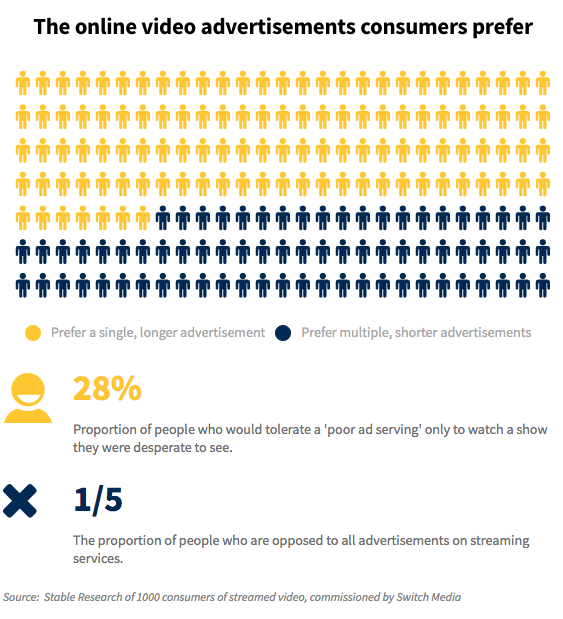Marketer’s simple answer to adblockers: ‘Make ads less irritating’
Source: The Sydney Morning Herald 27 NOVEMBER 2017

Online marketers are moving away from trying to design work-arounds for adblocking technology. Photo: Eddie Jim
Advertisers and adblockers have gone head to head, but experts say the focus of marketing companies is now moving away from technological work arounds to stopping consumers from wanting to download them in the first place.
Christopher Stenhouse, chief executive at Switch Media, warned technology would continue to be neck and neck, and so marketers should focus on making their advertisements more palatable to consumers rather than looking for work-arounds.
“Adblocking is hard to do on anything other than a laptop. If ads are less irritating, people are less inclined to install them,” he said.
And making them less annoying for video streaming consumers is not as complicated as it seems.
“Two to three ad breaks for an hour of content [is seen as acceptable],” he said.
Research by Stable Research of 1000 consumers on behalf of Switch Media found 28 per cent of consumers would only tolerate poor ad insertion if it was something they were “desperate” to watch.
Six out of 10 people surveyed preferred a single longer advertisement as opposed to several shorter ones.
And one in five surveyed were totally opposed to advertising, while 43 per cent didn’t “like” ads but were willing to tolerate them.
Some online marketers are currently avoiding technology blocking advertisements by using server-side ad insertion, Mr Stenhouse said.
This stitches the advertisements into the video content being presented, making it harder for computer programs to differentiate between the video content someone is trying to watch and the video advertisement.
It also stops buffering from happening on the advertisement – a key turn off for consumers, Mr Stenhouse said.
“It gets around adblockers and it feels much more broadcast-like … you can use nice transitions, fades and make it a better experience for the viewer.”
“If ads are less irritating, people are less inclined to install [adblockers].”
Christopher Stenhouse, Switch Media
The two major complaints from consumers were buffering on videos and the way they were served advertisements.

Advertising Week APAC director Clive Prosser said the technology was constantly evolving around marketing and advertising tools.
“It will be some businesses’ mission to reduce the impact of ad blockers as much as possible so they can maximise the impact of their digital advertising, while others will see ad blockers as a positive thing, and an opportunity to enhance customer experiences for consumers,” Mr Prosser said.
Marketo senior director of marketing for Asia-Pacific Chris Connell said adblockers evolved due to “generic, irrelevant” advertising, with successful marketers now looking towards highly personalised consumer engagement.
“For these marketing professionals, it’s not about getting around adblockers – it’s about making them unnecessary,” he said.




